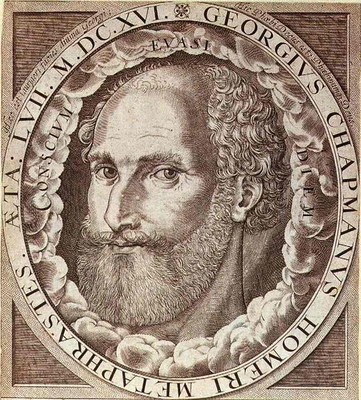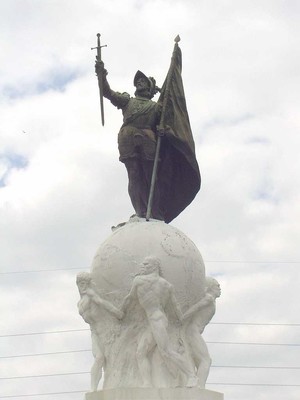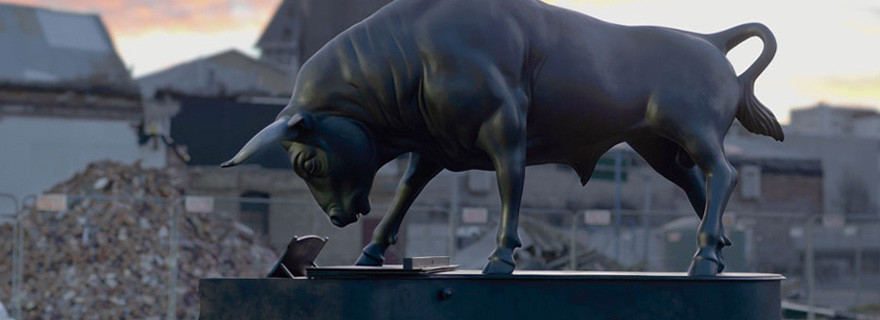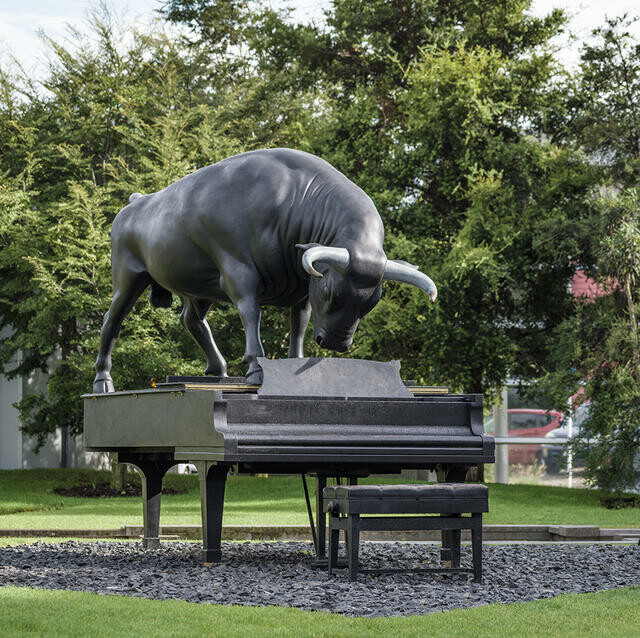B.
Homer>Chapman> Keats>Parekowhai
Behind the scenes
For the record, here is the text of the poem by John Keats (1795-1821), written in 1816, entitled On first looking into Chapman's Homer.
Much have I travell'd in the realms of gold,
And many goodly states and kingdoms seen;
Round many western islands have I been
Which bards in fealty to Apollo hold.
Oft of one wide expanse had I been told
That deep-browed Homer ruled as his demesne;
Yet did I never breathe its pure serene
Till I heard Chapman speak out loud and bold:
Then felt I like some watcher of the skies
When a new planet swims into his ken;
Or like stout Cortez when with eagle eyes
He star'd at the Pacific — and all his men
Look'd at each other with a wild surmise —
Silent, upon a peak in Darien.
The translation of the works of Homer by George Chapman (1559 – 1634) appeared in 1616. Keats's allusion is obvious: he was as startled by reading Chapman as were the Spaniards when they first saw the Pacific Ocean having crossed the isthmus of Panama in 1513.

Frontispiece of The Whole Works of Homer (1616)
Keats's metaphor is extraodinarily vivid: the silence of the men as they realise that the view before their eyes literally changes the world is powerful stuff. And it is by no means diminished by the fact that strictly speaking it was Vasco Núñez De Balboa (1475 – 1519) who led this expedition. His statue, crucifix in hand, claiming half the planet for God and the King of Spain, is a landmark in Panama City.

Balboa statue, Panama City

